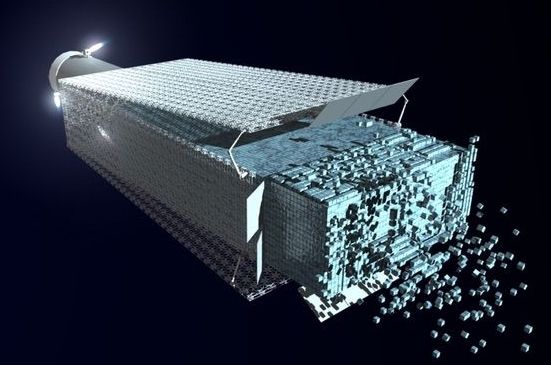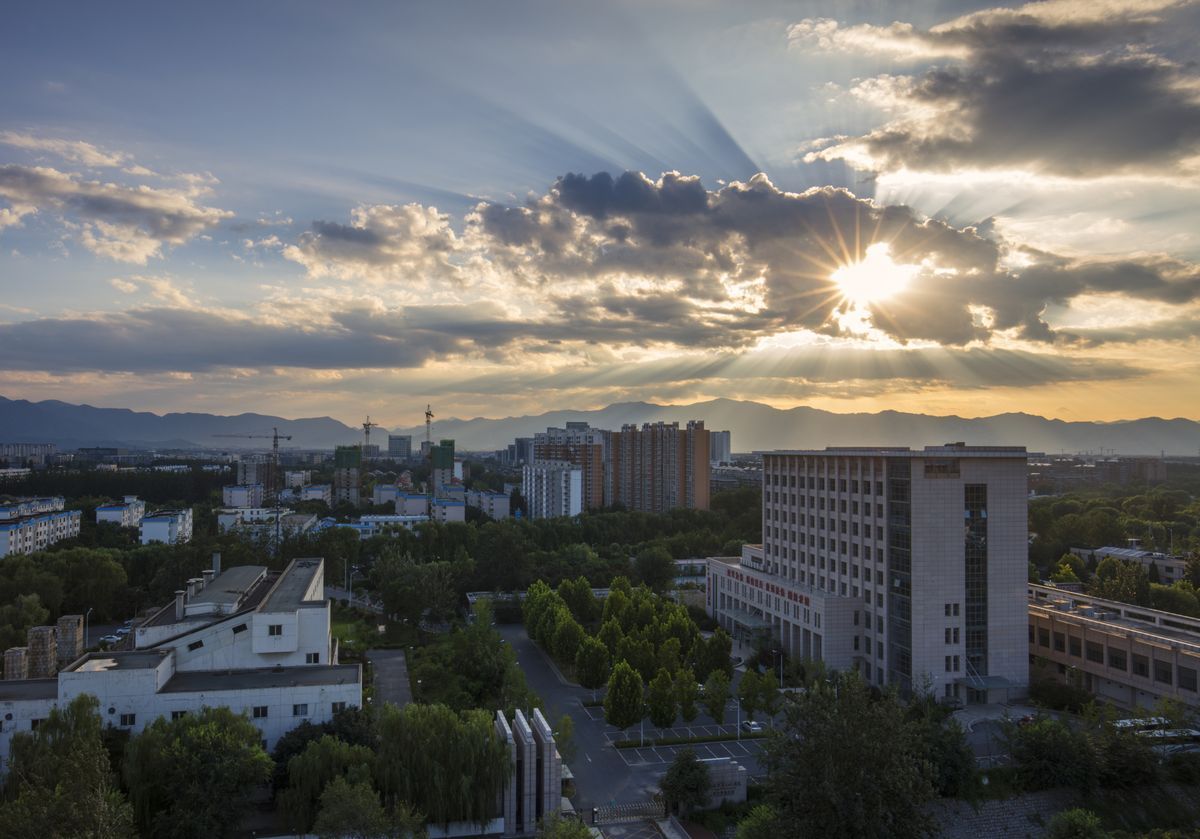The courts have played a central role in climate change policy, starting with a landmark Supreme Court case that led to the mandatory regulation of greenhouse gases in the United States. How do the courts address climate cases today? Who wins, who loses and what kinds of strategies make a difference in the courtroom?
Researchers at the George Washington University (GW) have published a study in Nature Climate Change that for the first time analyzes all U.S climate change lawsuits over a 26-year period.
“This first-of-a-kind study outlines the types of climate change lawsuits that are more likely to win or lose, and why,” said lead author Sabrina McCormick, Ph.D., MA, an Associate Professor of Environmental and Occupational Health at GW’s Milken Institute School of Public Health (Milken Institute SPH). “Efforts to affect U.S. climate change policy should consider current trends in the courtroom.”









